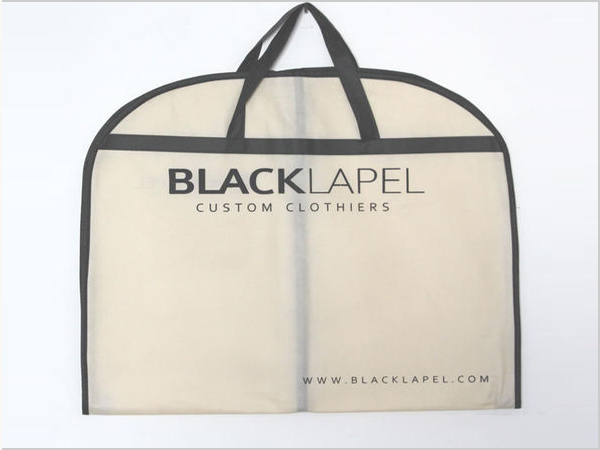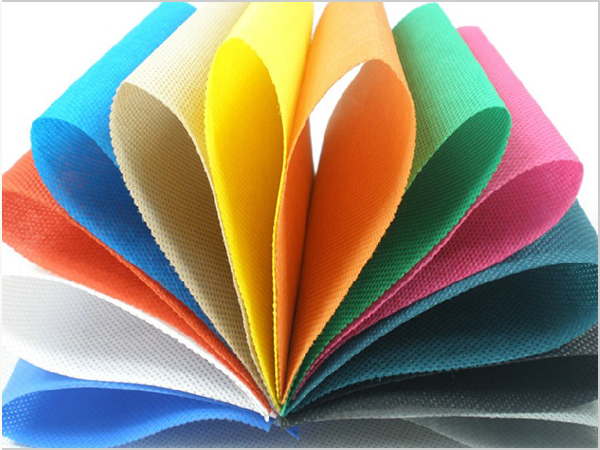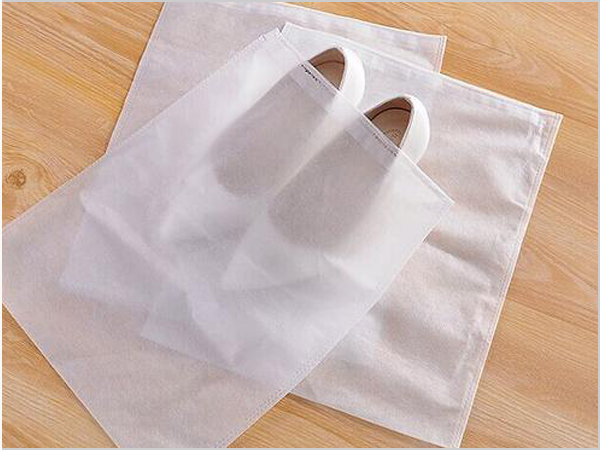- Xiangshuo has stood out in the field of spunbond nonwoven fabrics!
- How should enterprises respond to the impact of repeated tariffs
- PP non-woven fabric is a new type of environmental protection material!
- Under the tariff challenge, the textile and garment industry has a new opportunity
- Spunbonded non-woven fabric is an efficient, multi-functional modern material!

- Telephone: 0551- 66779966
- Cellphone: 18955130444
- Email: 58792982@qq.com
- Address: Building 1-2, East of Wubu Village Section, Hehuai Road, Wushan Town, Changfeng County, Hefei City, Anhui Province
Less than 100 days after taking office, Trump issued three executive orders to impose tariffs. On February 1, he signed an executive order imposing a 25 percent tariff on imports from Mexico and Canada, including a 10 percent increase on Canadian energy products. On February 10, he signed an executive order announcing a 25% tariff on all steel and aluminum imports into the United States. On April 2, Trump held up a giant display board filled with numbers and signed an executive order, a list of taxes ranging from 10 percent to 49 percent, imposing "reciprocal tariffs" on a broad range of countries. This policy has triggered a series of chain reactions in the United States, such as the decline of U.S. stocks, public demonstrations, and supermarket crazy looting, and has also brought new variables to the global trade pattern.
The industry is more favorable, textile exports are cold
The Trump reciprocal tariff policy involves a wide range, of which the textile and garment industry is the most disadvantaged in a short period of time. Because the excess tariffs on the United States are higher than other major trading partners of the United States, the depressed Chinese textile industry will be worse.
However, in terms of sub-industries, knitting and chemical fiber industries have outstanding advantages. In addition, electronic and mechanical equipment "potential advantages" are relatively higher. The reason is that major trading partners have higher excess tariffs on the United States than China, making Chinese goods have a "potential tariff advantage." It also stimulated domestic demand policies, benefiting sectors such as tourism, tax exemption, and medical beauty. The very popular Internet celebrity Jiakang Brother is also helping us promote domestic tourism.
Under the tariff challenge, the textile and garment industry has a new opportunity
Although the tariffs imposed by the United States have brought challenges to the textile and garment industry, there are also some opportunities from another perspective.
First of all, fabric production is not a simple thing, it involves environmental protection, labor, supply chain support and many other issues. Although some countries have the will to develop the garment industry, it is difficult to establish a complete fabric production system in the short term. This means that even if these countries increase local clothing production, they still need to import fabrics from abroad.
Taking China Textile City as an example, as one of the important textile industry bases in China, it mainly exports fabrics, and its products have a certain competitiveness in the international market. The textile industry in the Textile city mainly produces semi-finished fabrics, which are further processed into finished garments. After years of development, it has accumulated rich experience in the field of fabric production and formed a relatively complete industrial chain, including raw material procurement, spinning, weaving, dyeing and other links. As an important base for fabric production, its products have certain advantages in quality and price, and are expected to continue to obtain orders from these countries.
Secondly, in the long run, clothing as a necessities of life, its market demand is relatively stable. Even if it is affected by factors such as tariffs in the short term, consumer demand for clothing will not disappear. According to the current tax rate, almost no country has the ability to supply large-scale, but the traditional textile industry in the United States is basically better than nothing. Clothing is a necessity, and over time, the market will find its way.
Textile and garment export enterprises coping strategies
Textile and garment export enterprises should strengthen cooperation and coordination with upstream and downstream enterprises in the industrial chain to jointly cope with the challenges brought by the US tariff. Establish long-term and stable cooperative relations with raw material suppliers to ensure the stable supply and quality of raw materials; Strengthen cooperation with printing and dyeing, finishing and other enterprises to improve the overall quality and added value of fabrics; Maintain close communication with garment manufacturers, timely understand the changes in market demand, and adjust the product structure. Through these measures, enterprises can maintain competitiveness in the complex international trade environment and achieve sustainable development.
- Xiangshuo has stood out in the field of spunbond nonwoven fabrics!
- How should enterprises respond to the impact of repeated tariffs
- PP non-woven fabric is a new type of environmental protection material!
- Under the tariff challenge, the textile and garment industry has a new opportunity
- Spunbonded non-woven fabric is an efficient, multi-functional modern material!
- By the wind of gold, silver and silver, Keqiao Textile set sail
- PP non-woven fabrics occupy an important position in many fields!
- Textile industry is tested How should textile people cope with such challenges?
- What is the production process of spunbonded nonwovens?
- How to achieve revenue growth driven by policy dividend and technological revolution?



